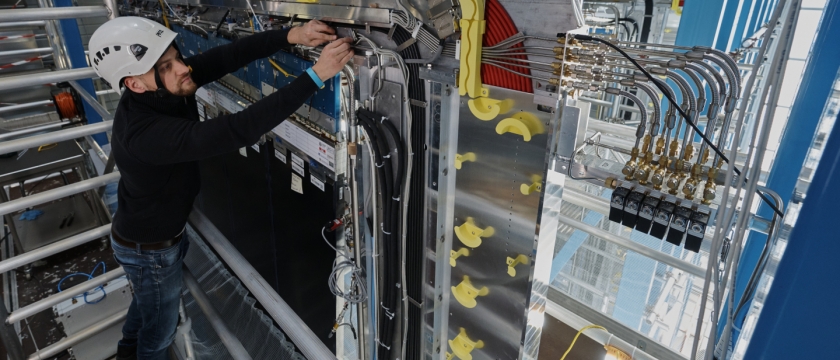Archive
Newsletter Articles
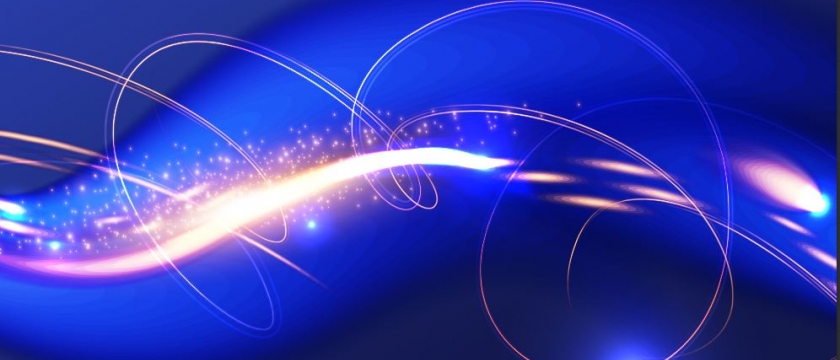
…
September 2020 - November 2020
The 4th FCC Physics and Experiments workshop is part of the FCC Innovation Study Kickoff event, which will address the mandate issued by the update of the European Strategy for Particle Physics: "Europe, together with its international partners,…
Read MORE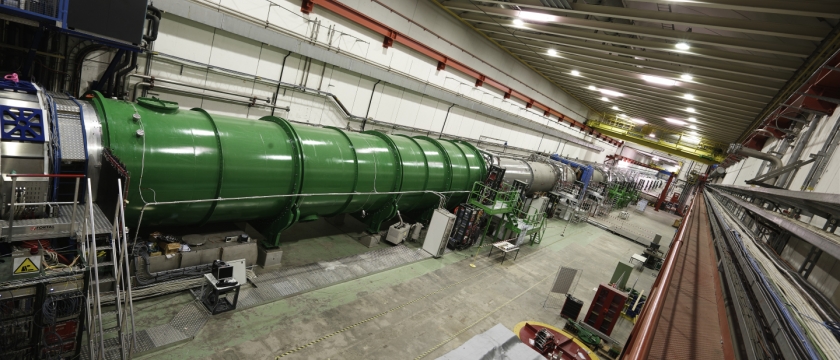
…
September 2020 - November 2020
The CERN NA62 collaboration presented at the ICHEP 2020 conference the first significant experimental evidence for the ultra-rare decay of the charged kaon into a charged pion and two neutrinos (K+ -> π+νν). The decay process is very sensitive to…
Read MORE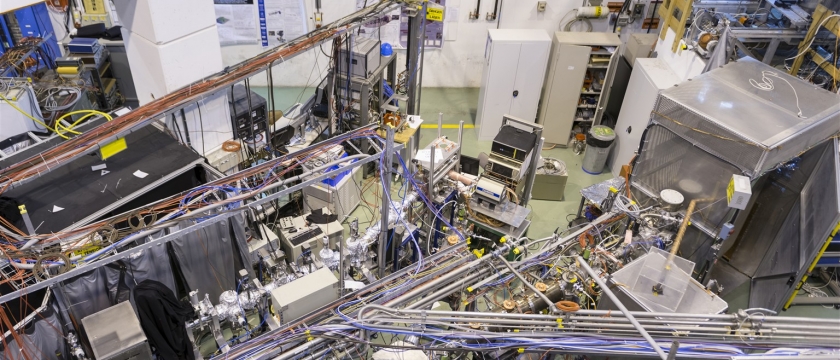
…
September 2020 - November 2020
Diamond – beyond its allure as a jewel – exhibits an array of unique physical characteristics such as its hardness, the highest room thermal conductivity of any material (while being electrically insulating when undoped); it can also be doped to…
Read MORE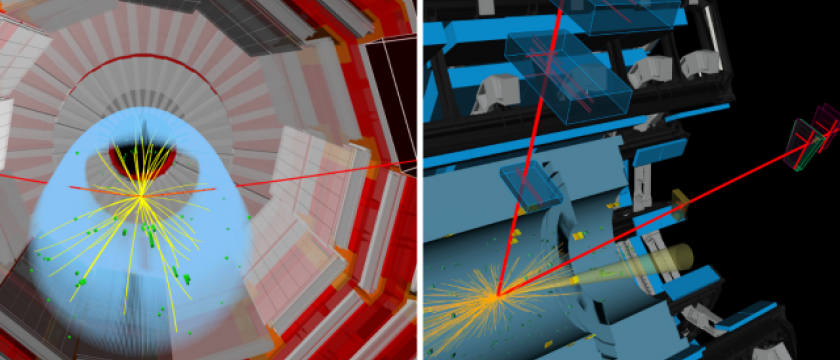
…
September 2020 - November 2020
The strength of the interaction between the Higgs field and a particle determines the mass it obtains from the Higgs and it is a mystery why the interaction strength is different for different particles. This puzzle is exacerbated as the leptons,…
Read MORE
…
June 2020 - August 2020
BSM searches at the LHC increasingly profit from ML techniques since this approach allows more general searches that minimise the probability of missing evidence of new physics. Very recently, the ATLAS collaboration has published a novel approach […
Read MORE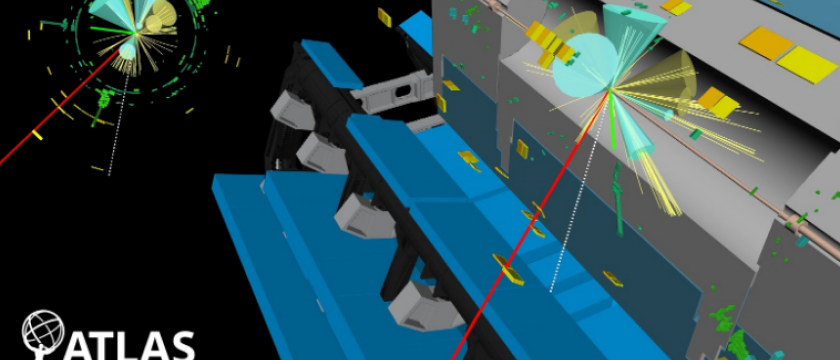
…
June 2020 - August 2020
Two recent ATLAS results that showcase the full range of the ATLAS physics potential, from precision to rarity, were shown at LHCP and presented at a recent CERN LHC seminar. A test of the universality of τ and μ lepton couplings in W boson…
Read MORE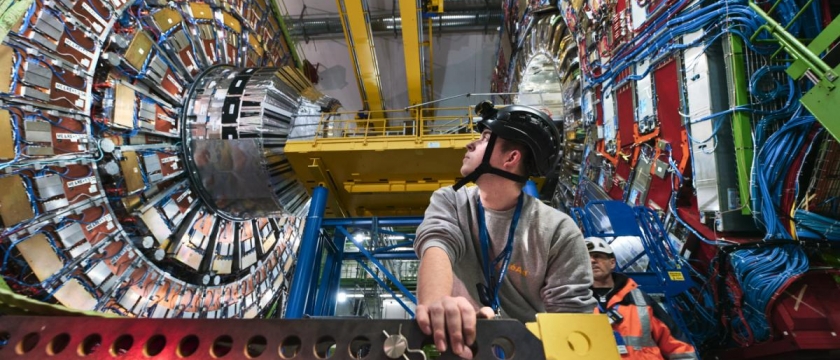
…
June 2020 - August 2020
Around the world,research centres, laboratories and universities have closed as a response to the COVID-19 pandemic — forcing an increasing number of researchers to work from home. Researchers teleworking coordinated with colleagues who had to…
Read MORE
…
June 2020 - August 2020
The Intergovernmental Panel on Climate Change (IPCC) recognizes aerosols (small nanometer to micrometer sized particles suspended in air) as the single biggest source of uncertainty in human-driven climate change. Atmospheric aerosol particles are…
Read MORE
